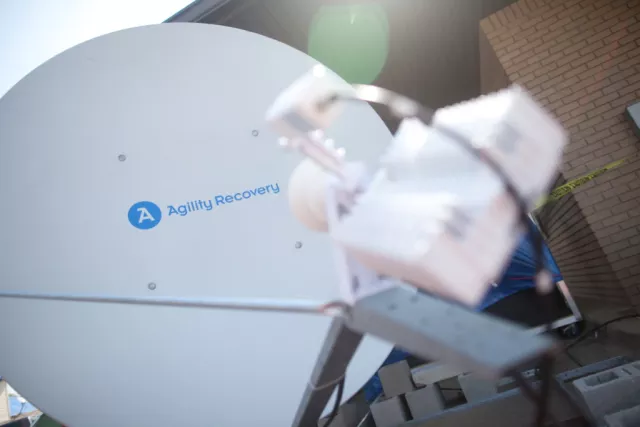4 Reasons For Testing Business Continuity Plan

One of the most important things your business can do is test its business continuity plan. You might assume that because you have a written plan, your company is prepared for a disaster or business interruption, but how do you know your plan works until you test it? Below are four reasons that testing is essential.
1. Testing Your BCP Finds Interdependencies
Performing business continuity tests helps you identify interdependencies and gaps within your system databases and technology.
For example, let’s say you were completing a test for a customer. During the test, they were able to recover their main application and network environment. However, they discovered there was a particular database the application made a call to for a subroutine. That specific database was housed in a separate environment and wasn’t being backed up. As a result, the entire system application that relied on that database wouldn’t have been able to operate during a real-world recovery scenario. It would have prevented an entire business unit from functioning. But because they chose to test, they were able to identify that interdependency ahead of time.
2. Testing Validates Compliance Requirements
Many businesses are required to have specific security protocols in place for compliance purposes. They also need to meet specific recovery time objectives (RTOs) driven by business objectives, regulatory requirements, or both. Unfortunately, sometimes when businesses are in the middle of an event, they tend to try to recover as quickly as they can, which can open up security issues.
With testing, you can assess your ability to recover within your RTOs while validating that the required security controls are in place.
3. Testing Reveals Expectations vs. Reality
Differences between your current production environment and the recovered environment could cripple your employees’ productivity. People are used to using an application or software in a certain way daily. If an application isn’t configured to allow users to perform the desired functions, it will become ineffective to your employees. Testing will reveal any configuration changes you need to make.
4. Testing Business Continuity Produces Vital Documents
It’s critical for people going through an exercise to document work issues in a recovery scenario. Doing so will ensure the legacy of your work. If other people are involved in a recovery situation in the future, they have a written plan that can expedite recovery, rather than working out logistics that were resolved during a previous test.
If you work with a business continuity services provider, that third party can leverage documentation on the customer’s environment to speed up the recovery. After a disaster strikes, people are typically dealing with the effects of the event and making sure their families are taken care of. That’s why key personnel are not always available to initiate the business’s recovery.
In our experience, having detailed documentation can cut about six to 12 hours off the recovery process.
By proactively identifying weaknesses in your business continuity plan, you can save yourself a lot of headaches down the road.



